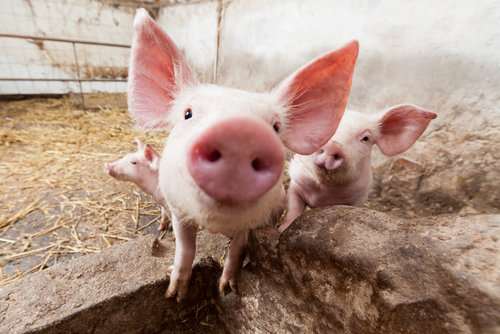Pork industry reps remind producers of winter PRRS defences
By Jennifer Jackson
As winter weather rolls in, pork industry representatives are reminding producers to maintain strong disease prevention practices.
The virus that causes porcine reproductive and respiratory syndrome (PRRS) is more prevalent in cool, damp, and dark weather, according to a National Pork Association of UK release.
Temperature fluctuations associated with winter ventilation problems also predispose hogs to clinical symptoms of respiratory problems.
PRRS displays itself in the various forms: wasting, sudden death, lameness, nervousness, and lung damage in affected pigs.
Closer to home, Swine Health Ontario (SHO) highlights the prevalence of the disease in Ontario.
“PRRS remains a disease of significant economic impact in Ontario,” says Lori Moser, SHO manager. “Currently, 30 to 40 per cent of the approximately 1,200 sites enrolled in the OSHAB PRRS ARCE program are PRRS positive.”

The Ontario Swine Health Advisory Board (OSHAB) developed the Ontario Area Regional Control and Elimination (ARCE) program to help producers eliminate and protect against diseases of interest, focusing on PRRS. The program is voluntary for producers, according to an OSHAB fact sheet.
Moser outlines biosecurity tips for pork producers:
- Know the health status of incoming pigs
o Ensure there is good communication with suppliers
o Every sow barn should have a gilt isolation solution
o Using a gilt isolation barn has prevented sow barn PRRS outbreaks
- Control entry into your barn
o The Danish Entry method is effective and inexpensive for disease transmission prevention
o According to the NPA, the virus survives in the cold weather; disinfecting vehicles and equipment is crucial.
The Ontario Pork Industry Council provides further information on PRRS and the ARCE prevention program.